Introduction
Traveling to Japan is like stepping into a vibrant, multifaceted world where ancient traditions meet cutting-edge modernity. Whether you’re dreaming of exploring Tokyo’s neon-lit streets, soaking in Kyoto’s serene temples, or savoring sushi in Osaka, Japan offers something unforgettable for every traveler.
But before you start packing your bags and mapping out your must-see list, it’s important to get a handle on how much your trip will cost. Budgeting effectively ensures you can enjoy your journey without any financial surprises.
In this guide, we’ll break down the major expenses you can expect when traveling to Japan. From flights and accommodation to food and transportation, we’ll help you plan and budget so you can focus on what truly matters—experiencing the best of Japan. So, let’s dive into the details and get you on your way to an amazing adventure!
Flights
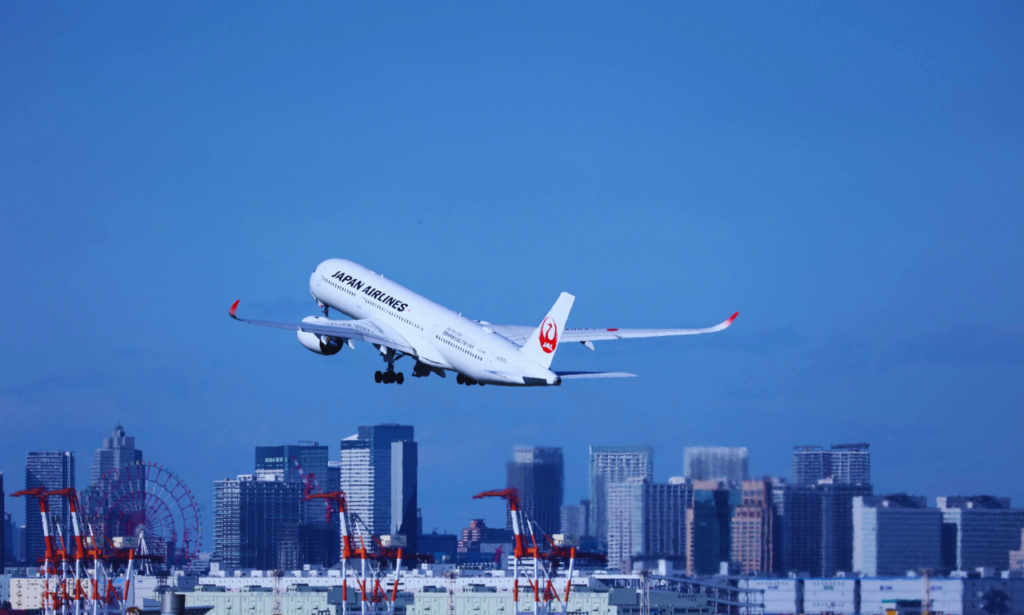
The journey to Japan begins with booking your flight, and this can be one of the biggest expenses of your trip. Here’s what you need to know to find the best deal and make sure your travel budget stays on track.
Average Cost of Round-Trip Airfare
- From North America: Expect to pay between $600 and $1,200 for a round-trip ticket, depending on your departure city and the time of year. Flights from major hubs like Los Angeles or New York can be on the lower end of this range, while flights from smaller cities might cost a bit more.
- From Europe: Flights generally range from $700 to $1,200. Booking in advance and flying from major airports can help you find better deals.
- From Other Regions: Costs will vary widely based on your location, but planning ahead and comparing options is always a smart move.
Tips for Finding Cheaper Flights
- Book in Advance: Flight prices tend to rise as the departure date approaches. Aim to book your tickets at least 3 to 6 months in advance for the best prices.
- Use Fare Comparison Websites: Websites like Skyscanner, Google Flights, and Kayak are great tools for comparing fares from different airlines and booking sites. Set up fare alerts to be notified of price drops.
- Be Flexible with Travel Dates: If you can, be flexible with your travel dates. Mid-week flights and off-peak seasons can often offer significant savings compared to weekend and holiday travel.
- Consider Nearby Airports: Sometimes flying into or out of alternative airports can save you money. For instance, flying into Osaka instead of Tokyo might be cheaper, depending on your itinerary.
By keeping these tips in mind, you’ll be well on your way to finding a great deal on your flight to Japan, making your journey both exciting and budget-friendly!
Accommodation
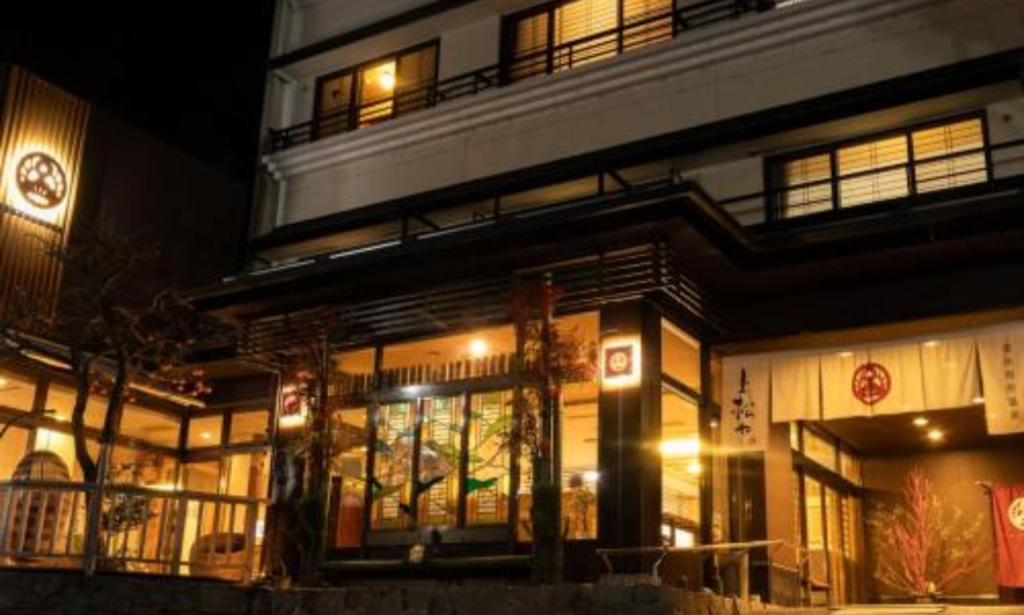
Where you stay can significantly impact your travel budget and overall experience. Japan offers a wide range of accommodation options, from budget hostels to luxury hotels, each with its own charm. Let’s break down what you can expect to pay and how you can find the best places to stay.
Types of Accommodation
- Budget:
- Hostels and Capsule Hotels: Perfect for those looking to save money while meeting fellow travelers. Expect to pay between $30 and $70 per night. Capsule hotels are a unique experience, offering small but comfortable sleeping pods.
- Budget Guesthouses: These are often family-run and offer a cozy atmosphere. Prices are similar to hostels, usually ranging from $30 to $70 per night.
- Mid-Range:
- 3-Star Hotels and Ryokan Inns: For a more comfortable stay with additional amenities, 3-star hotels and traditional ryokans are great options. Prices range from $70 to $150 per night. Staying at a ryokan can also provide a taste of traditional Japanese hospitality and cuisine.
- Business Hotels: These are practical and often conveniently located. They offer standard amenities and typically cost between $70 and $120 per night.
- Luxury:
- 4-5 Star Hotels: For those looking to indulge, luxury hotels offer top-notch amenities and exceptional service. Prices start around $150 per night and can go much higher depending on the location and exclusivity.
- Upscale Ryokan: Experience the height of traditional Japanese luxury with private hot springs and gourmet meals. Prices for these can exceed $200 per night.
Tips for Saving on Accommodation
- Book Early: The earlier you book, the more likely you are to secure a good rate. This is especially true for popular travel seasons like cherry blossom season or New Year’s.
- Explore Alternative Options: Consider using platforms like Airbnb or Booking.com to find unique and often more affordable lodging options. You might discover charming local guesthouses or entire apartments.
- Stay in Less Touristy Areas: Accommodations in major tourist spots like Tokyo or Kyoto can be pricey. Consider staying in nearby neighborhoods or cities with good transportation links to save money while still being close to the action.
- Check for Discounts: Look out for special deals or promotions. Many hotels offer discounts for extended stays, early bookings, or through membership programs.
By choosing the right type of accommodation and keeping these tips in mind, you can ensure a comfortable stay that fits your budget and enhances your overall travel experience in Japan.
Food
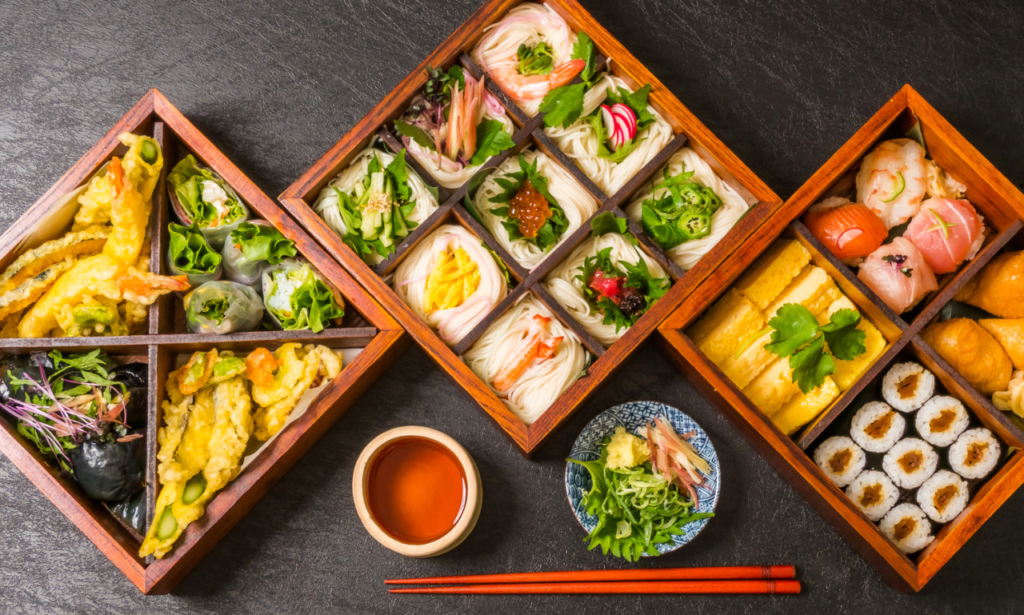
One of the best ways to experience Japan is through its incredible food. From sushi and ramen to tempura and street food, Japan’s culinary scene is diverse and delicious. However, dining out can vary in cost, so here’s a guide to help you budget for meals while making the most of Japan’s food culture.
Estimated Daily Food Costs
- Budget:
- Convenience Stores and Street Food: For those traveling on a tight budget, Japan’s convenience stores (like 7-Eleven and Lawson) and street food stalls offer tasty and affordable options. You can enjoy a satisfying meal for $10 to $20. Look for bento boxes, onigiri (rice balls), and various snacks.
- Cheap Eateries: Local ramen shops, curry houses, and small diners provide hearty meals for a similar price range. Don’t miss out on trying regional specialties!
- Mid-Range:
- Casual Restaurants: Enjoy a more relaxed dining experience with meals at mid-range restaurants, where you can expect to pay between $20 and $50 per meal. This might include a set menu (teishoku) or a variety of dishes from a popular izakaya (Japanese pub).
- Buffets and Chain Restaurants: Many chain restaurants and buffets offer good value for money and a wide selection of dishes.
- High-End:
- Fine Dining: For those looking to splurge, Japan’s high-end restaurants offer gourmet dining experiences. Expect to spend $50 or more per meal, especially at renowned sushi bars or restaurants with Michelin stars.
- Specialty Dining: Consider trying a traditional kaiseki meal, which is a multi-course dining experience showcasing seasonal ingredients and meticulous preparation. Prices can range from $100 to $300 per person.
Tips for Managing Food Expenses
- Eat at Local Markets and Food Stalls: Japan’s markets, such as Tsukiji Outer Market in Tokyo or Nishiki Market in Kyoto, are excellent places to sample local delicacies at reasonable prices. Street food stalls also offer great snacks and meals on the go.
- Utilize Convenience Stores: Don’t underestimate the quality of food at convenience stores. They offer a wide range of tasty and affordable options, perfect for a quick breakfast or lunch.
- Try Set Menus and Lunch Specials: Many restaurants offer set menus and lunch specials that provide good value for money. These often include a variety of dishes at a fixed price.
- Be Adventurous with Dining: Don’t be afraid to try new types of food and dining experiences. Local recommendations and lesser-known eateries can offer some of the best and most affordable meals.
With a bit of planning and a willingness to explore different dining options, you can enjoy Japan’s diverse and delicious food scene without breaking the bank. Whether you’re grabbing a quick bite or indulging in a culinary adventure, Japan has something to satisfy every palate and budget.
Transportation
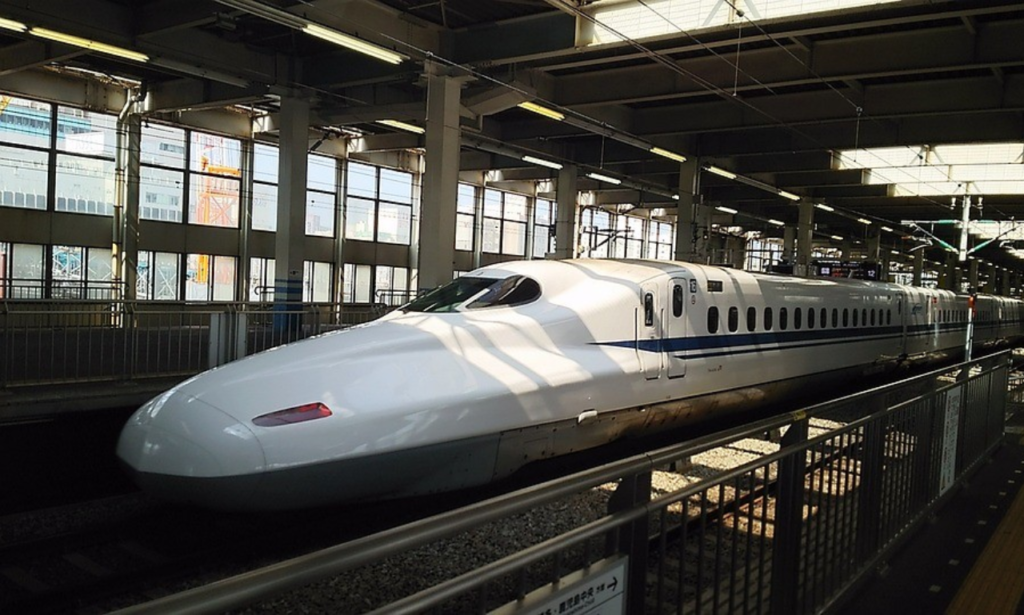
Getting around Japan is relatively easy and efficient, thanks to its well-developed transportation system. However, understanding the costs and options available will help you budget effectively and make your travel experience smoother. Here’s a breakdown of what to expect in terms of transportation costs and how to save money on getting around.
Domestic Travel Costs
- Japan Rail Pass:
- Overview: The Japan Rail Pass is a great way to save on long-distance travel if you plan to explore multiple cities. It offers unlimited travel on most JR trains, including the famous Shinkansen (bullet trains), for a fixed period.
- Cost: A 7-day Japan Rail Pass typically costs around $300. There are also 14-day and 21-day options available for longer trips.
- Tip: Purchase the Japan Rail Pass before you arrive in Japan to save money and ensure availability.
- Local Transportation:
- Subways and Buses: In cities like Tokyo, Kyoto, and Osaka, local transportation is both efficient and affordable. Expect to spend about $10 to $20 per day on subways, buses, and local trains.
- Prepaid Travel Cards: Consider using prepaid cards like Suica or Pasmo, which can be used for convenient travel on public transportation and even for small purchases at convenience stores.
Tips for Saving on Transportation
- Purchase Rail Passes: If you’re traveling between cities, investing in a Japan Rail Pass can be a huge cost saver. Plan your itinerary to make the most of the pass and avoid purchasing separate train tickets.
- Use Prepaid Cards: Suica and Pasmo cards offer ease of use and can save you time and money on local transport. They also work on vending machines and in convenience stores, adding extra convenience to your travel.
- Plan Your Routes: Optimize your travel routes to avoid unnecessary trips and expenses. Research train lines and bus routes in advance to ensure efficient travel.
- Consider Discount Tickets: Look out for discount tickets or special deals for local attractions and transportation. Some cities offer day passes or combination tickets that provide good value for sightseeing.
- Explore Walking and Biking: Many Japanese cities are pedestrian-friendly, and exploring on foot or by bike can be a great way to save money and experience the local area more intimately.
With these tips and a bit of planning, you can navigate Japan’s transportation system efficiently and cost-effectively, leaving you more time and money to enjoy the many wonders the country has to offer.
Sightseeing and Activities
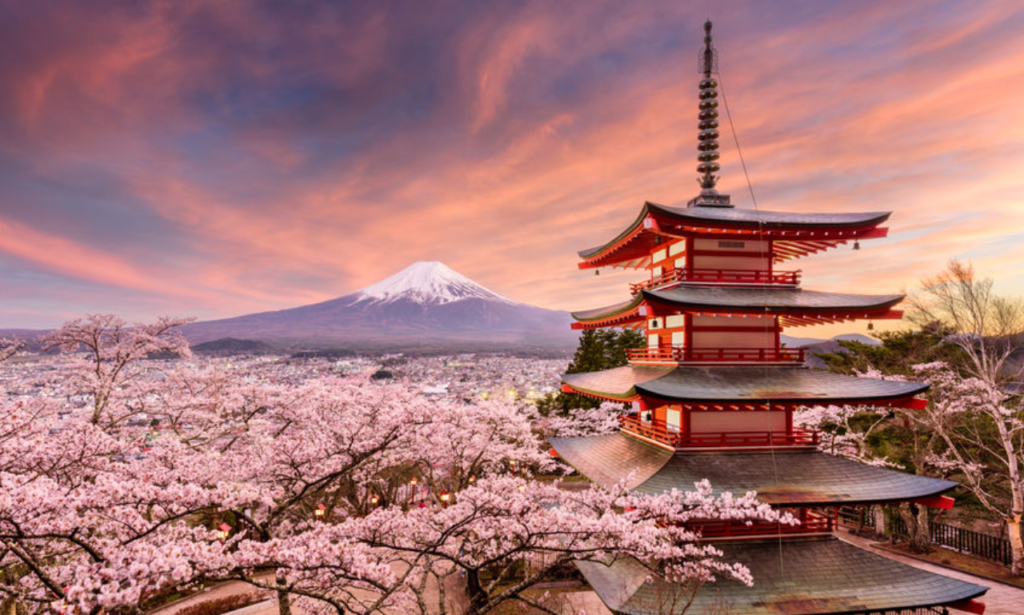
Japan is packed with incredible sights and activities, from ancient temples and stunning natural landscapes to modern attractions and vibrant cultural experiences. Understanding the costs associated with sightseeing and activities can help you budget effectively and ensure you make the most of your trip. Here’s a guide to what you can expect to spend and tips for enjoying Japan’s diverse offerings without overspending.
Typical Costs for Attractions
- Entrance Fees:
- Historical Sites and Temples: Many of Japan’s historical sites and temples have modest entrance fees ranging from $5 to $15. Popular spots like Kyoto’s Kinkaku-ji (Golden Pavilion) or Tokyo’s Senso-ji Temple fall within this range.
- Museums and Gardens: Admission to museums and botanical gardens typically costs between $10 and $20. Special exhibitions or guided tours may have additional fees.
- Guided Tours and Special Activities:
- Guided Tours: Joining a guided tour can enhance your experience, especially if you’re interested in deeper insights into local history or culture. Prices vary widely, from $30 to $100 or more per tour, depending on the length and exclusivity.
- Special Experiences: Activities such as tea ceremonies, sumo wrestling matches, or cultural workshops can cost between $50 and $150. Booking these experiences in advance can often provide better rates and availability.
Tips for Managing Activity Costs
- Research Free or Low-Cost Attractions: Many cities offer free or low-cost attractions, such as public parks, historic neighborhoods, and certain temples and shrines. Exploring these can be a great way to enjoy Japan without spending a lot.
- Purchase Attraction Passes: Look for combination tickets or city passes that offer discounted access to multiple attractions. For example, Tokyo’s “Tokyo Subway Ticket” includes unlimited rides and discounts on various attractions.
- Plan Visits During Off-Peak Times: Visiting popular attractions during less crowded times can enhance your experience and sometimes lead to lower prices or shorter wait times.
- Take Advantage of Local Tourism Offices: Local tourism offices often provide useful information on free events, discounts, and special offers. They can be a great resource for budget-friendly activities.
- Book in Advance: For popular activities and tours, booking in advance can sometimes offer discounts and guarantee your spot, especially during peak tourist seasons.
By planning ahead and taking advantage of various discounts and free activities, you can experience Japan’s rich culture and stunning sights while keeping your budget in check. From ancient temples to modern marvels, there’s something for every traveler to enjoy!
Miscellaneous Expenses
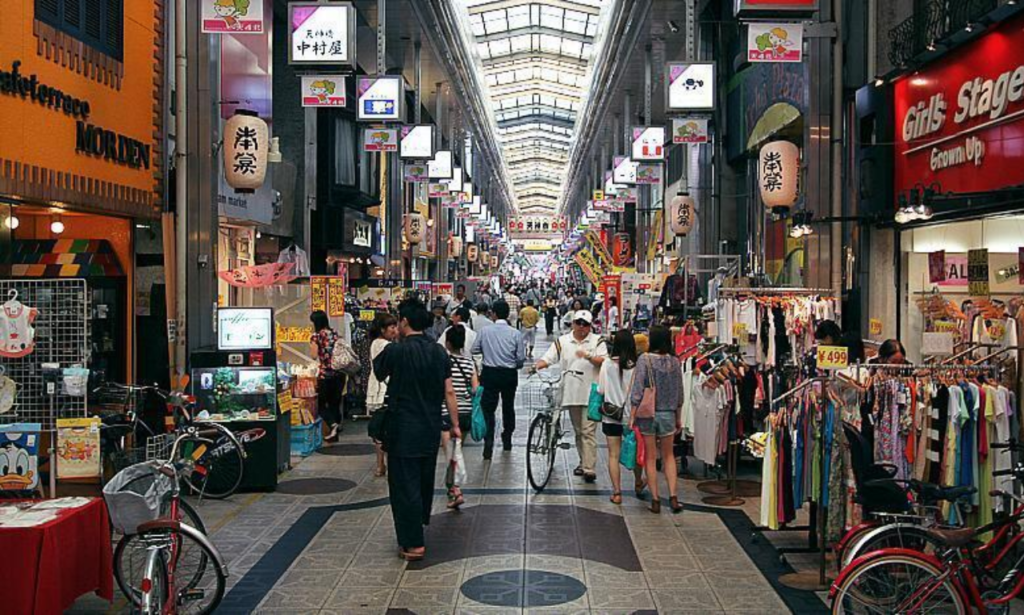
While you’ve got the major components of your budget covered, it’s important to account for other expenses that can arise during your trip. From souvenirs to unexpected emergencies, having a cushion for miscellaneous costs can help ensure a smooth and enjoyable experience in Japan. Here’s what to consider and how to manage these additional expenses.
Souvenirs and Shopping
- Souvenirs:
- Typical Costs: Souvenirs in Japan range widely in price. Small items like keychains, postcards, and snacks can cost as little as $5 to $15. More elaborate souvenirs such as traditional crafts, local art, or specialty items can range from $30 to $100 or more.
- Popular Souvenirs: Consider picking up unique items like Japanese ceramics, traditional clothing, or local snacks to remember your trip.
- Shopping:
- Fashion and Electronics: Japan is known for its fashion and technology. Whether you’re buying trendy clothes or the latest gadgets, shopping can be a significant expense. Budget accordingly if you plan to indulge in these items.
Personal Expenses and Emergencies
- Travel Insurance:
- Cost: Travel insurance is a must-have for peace of mind. Depending on the coverage and duration, expect to pay between $50 and $150 for a comprehensive policy. It’s worth investing in to cover potential issues like medical emergencies, trip cancellations, or lost luggage.
- Miscellaneous Costs:
- Unexpected Expenses: Set aside some extra funds for unexpected costs, such as medical needs, extra transportation, or emergency purchases. A buffer of $100 to $200 can provide reassurance.
- Tips and Gratuities: While tipping isn’t a major part of Japanese culture, some services, like private tours, may expect tips. Factor this into your budget if you plan on using these services.
Tips for Managing Miscellaneous Expenses
- Budget for Extras: Include a buffer in your overall budget for miscellaneous expenses. This helps prevent surprises and allows you to handle unexpected costs comfortably.
- Carry a Credit Card: Having a credit card with no foreign transaction fees can be convenient for larger or unexpected expenses. Just be sure to notify your bank of your travel plans.
- Use Cash Wisely: Japan is a cash-based society, especially in smaller shops and rural areas. Make sure to carry sufficient cash but also use ATMs in secure locations to withdraw additional funds if needed.
- Keep Track of Spending: Maintain a simple record of your expenditures to stay on top of your budget. This can help you adjust your spending as needed and avoid overspending.
By planning for these miscellaneous expenses, you’ll be better prepared for any surprises that come your way and can enjoy your trip to Japan with fewer worries. Keeping these tips in mind ensures that you’re covered and can fully embrace the adventure!
Example Budgets
To help you visualize how much you might need for your trip to Japan, here are some sample budgets based on different travel styles. These examples will give you a clearer idea of what to expect and help you plan according to your preferences and budget.
Budget Traveler
For those traveling on a shoestring, focusing on affordability while still enjoying the highlights of Japan:
- Accommodation: $30 – $70 per night (e.g., hostels or budget guesthouses)
- Food: $30 – $60 per day (e.g., convenience store meals, street food, and budget eateries)
- Transportation: $10 – $20 per day (e.g., local public transit, occasional use of prepaid travel cards)
- Sightseeing and Activities: $20 – $30 per day (e.g., free or low-cost attractions, occasional entry fees)
- Total Daily Budget: $90 – $180
Estimated 10-Day Trip: $900 – $1,800 (excluding flights)
Mid-Range Traveler
For those seeking a balance between comfort and cost, enjoying a mix of affordable and slightly more luxurious experiences:
- Accommodation: $70 – $150 per night (e.g., 3-star hotels, mid-range ryokan)
- Food: $50 – $100 per day (e.g., casual restaurants, occasional dining experiences)
- Transportation: $10 – $20 per day (e.g., local public transit, possible use of Japan Rail Pass for long-distance travel)
- Sightseeing and Activities: $30 – $50 per day (e.g., entry fees to popular attractions, some guided tours)
- Total Daily Budget: $160 – $320
Estimated 10-Day Trip: $1,600 – $3,200 (excluding flights)
Luxury Traveler
For those who prefer a more luxurious experience, enjoying high-end accommodations and premium activities:
- Accommodation: $150+ per night (e.g., 4-5 star hotels, upscale ryokan)
- Food: $50+ per day (e.g., fine dining, specialty meals)
- Transportation: $20+ per day (e.g., local taxis, premium transportation options)
- Sightseeing and Activities: $50+ per day (e.g., exclusive tours, premium experiences)
- Total Daily Budget: $270+
Estimated 10-Day Trip: $2,700+ (excluding flights)
Tips for Budgeting
- Tailor Your Budget: Adjust these estimates based on your specific plans and preferences. Some travelers may spend more on certain areas and less on others.
- Monitor Expenses: Keep track of your spending to stay within your budget and make adjustments as needed.
- Plan Ahead: Booking flights, accommodation, and major activities in advance can help you manage costs and find better deals.
By using these example budgets as a guide, you can better plan your finances and ensure that your trip to Japan aligns with your expectations and travel style. Whether you’re traveling on a budget, seeking a mid-range experience, or indulging in luxury, there’s a way to make your Japanese adventure memorable and affordable!
Final Tips for Budgeting Your Trip
To wrap up your budgeting plan for Japan, here are some final tips to help you stay on track, manage expenses efficiently, and make the most of your travel experience. These suggestions will ensure you’re well-prepared and can enjoy your trip without any financial stress.
Create a Flexible Budget
- Adjust as Needed: While it’s important to have a budget, be prepared for some flexibility. Unexpected expenses can arise, and your plans might change. Allow a little room in your budget for adjustments without causing major disruptions.
- Track Your Spending: Use budgeting apps or simple spreadsheets to keep track of your daily expenses. This helps you stay aware of your spending and make real-time adjustments if necessary.
Utilize Local Resources
- Tourist Information Centers: Make use of local tourist information centers for up-to-date information on discounts, free events, and special offers. They can provide valuable insights into budget-friendly options in the area.
- Local Deals and Coupons: Look for local deals and coupons for attractions, dining, and shopping. Many cities have discount websites or apps that offer promotions and savings.
Stay Informed About Seasonal Costs
- Peak Seasons: Be aware of peak travel seasons like cherry blossom season or major holidays. Prices for flights, accommodation, and attractions can be higher during these times. Plan and book early to secure better rates.
- Off-Peak Travel: Traveling during off-peak times can lead to lower costs and less crowded attractions. Research the best times to visit Japan for budget-friendly travel.
Plan for Currency Exchange
- Exchange Rates: Keep an eye on exchange rates before you travel to get a sense of how your home currency fares against the Japanese yen. Exchange some money before you leave, and use ATMs or exchange services in Japan as needed.
- Avoid Airport Exchanges: Currency exchange services at airports often have less favorable rates. Exchange a small amount if necessary and use local exchange options for better rates.
Be Smart About Communication
- SIM Cards and Wi-Fi: Consider purchasing a Japanese SIM card or renting a portable Wi-Fi device to stay connected. This can help you use navigation apps and access online resources without incurring high roaming charges.
- Communication Apps: Use free communication apps like WhatsApp or Skype to stay in touch with friends and family, reducing the need for expensive international calls.
Enjoy Your Trip
- Focus on Experiences: While managing your budget is important, don’t let it overshadow the enjoyment of your trip. Japan offers an incredible array of experiences, so prioritize what matters most to you and make the most of your time there.
- Stay Positive: If you encounter any budget-related challenges, stay positive and adapt. Sometimes the best travel experiences come from unexpected moments and new discoveries.
By following these final tips, you’ll be well-prepared to manage your budget effectively while making the most of your trip to Japan. Enjoy the journey, and embrace the rich culture, delicious food, and stunning sights that await you!
Bottom Lines
As you prepare for your adventure to Japan, understanding and planning your budget is key to ensuring a smooth and enjoyable trip. From booking your flights and accommodation to managing daily expenses and planning for unexpected costs, a well-thought-out budget will help you make the most of your journey without financial stress.
Recap of Key Budgeting Points
- Flights: Plan ahead and compare options to find the best airfare. Consider purchasing a Japan Rail Pass if you plan to travel between cities.
- Accommodation: Choose from a range of options that fit your budget, from hostels and guesthouses to luxury hotels. Book early and explore alternative lodging to save money.
- Food: Enjoy Japan’s diverse cuisine at various price points. Utilize convenience stores and street food for budget-friendly meals, and treat yourself to a few special dining experiences.
- Transportation: Make the most of Japan’s efficient public transport. Use prepaid cards like Suica or Pasmo for convenience, and consider a rail pass for longer trips.
- Sightseeing and Activities: Explore a mix of free and paid attractions. Look for discount passes and book activities in advance to save on costs.
- Miscellaneous Expenses: Budget for souvenirs, travel insurance, and unexpected costs. Carry some extra cash and use a credit card for larger expenses.
- Example Budgets: Tailor your budget based on your travel style, whether you’re a budget traveler, mid-range explorer, or luxury seeker.
- Final Tips: Stay flexible with your budget, use local resources for savings, and plan for currency exchange and communication needs.
Final Thoughts
Traveling to Japan is an incredible experience filled with unique cultural encounters, breathtaking landscapes, and delicious food. By carefully planning your budget and considering these tips, you can ensure that you’re financially prepared and can fully immerse yourself in the wonders of Japan without unnecessary worry.
Remember, budgeting is not just about saving money; it’s about creating a plan that allows you to enjoy your trip to the fullest. With a well-thought-out budget, you’ll have the freedom to explore, experience, and create lasting memories.
So, pack your bags, get excited, and get ready for an unforgettable adventure in Japan. Safe travels, and may your journey be as amazing as the destination itself!
Read More: https://theinstantdigest.com/top-10-things-to-do-in-the-hague-a-fun-and-friendly-guide/
